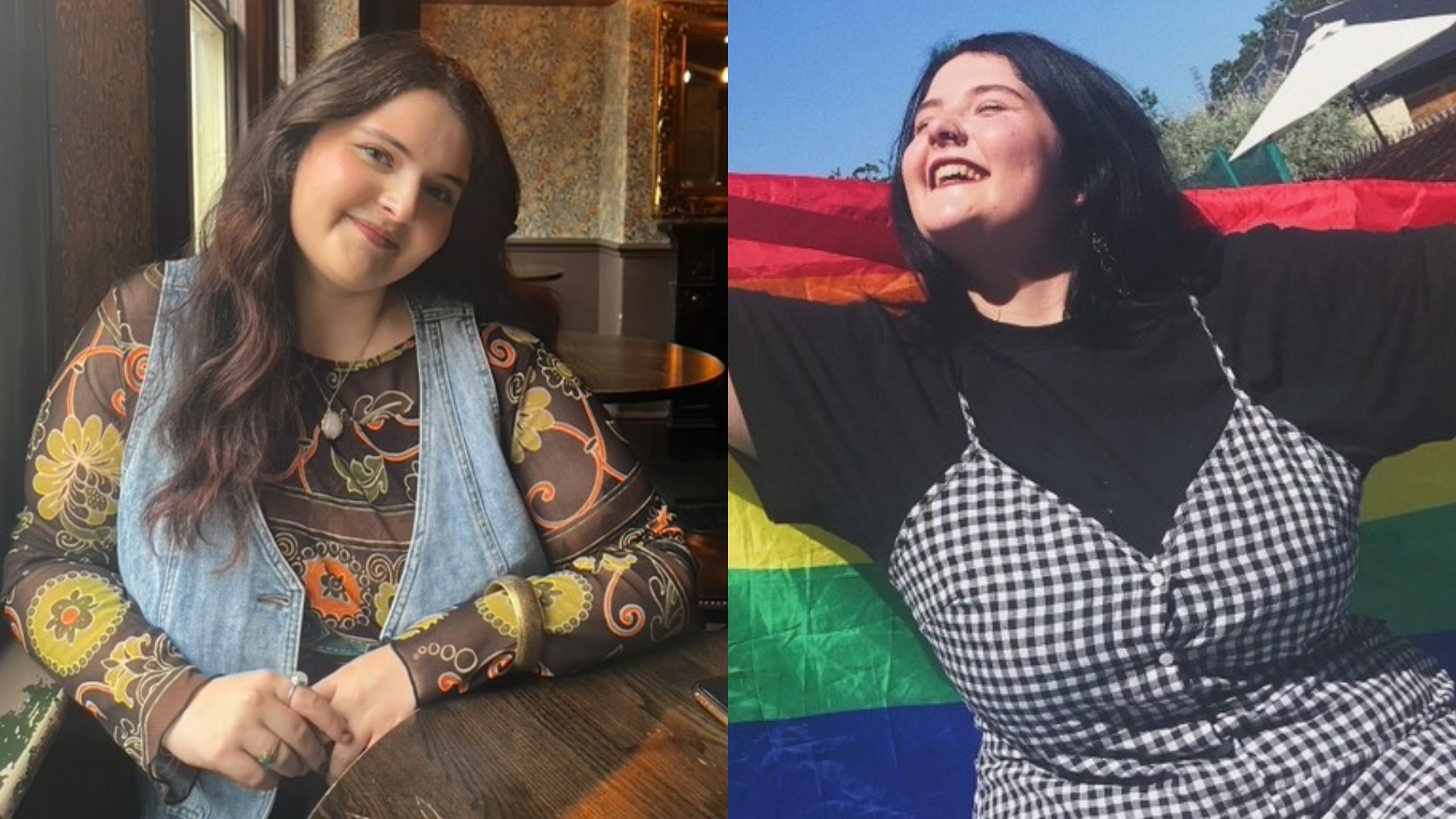The hidden flag at the back of my wardrobe: How queer liberation often overlooks the working class
Opinion: "Queer liberation and class struggle are so deeply connected but society treats them as separate battles," writes Brownhill

The LGBTQ+ movement has long been connected to activism and pride parades but behind the mainstream there is a deep divide. Class. While the community’s progress is often measured through legal rights, cultural and media visibility, many working class people remain on the margins unheard and unrepresented, realities rarely acknowledged even within queer spaces.
Growing up in a rural working class town myself, rainbows, pride flags and the talk of sexuality were far from sight but hidden at the back of my wardrobe. The community felt so far away from me, I felt embarrassed to be working class and often was fighting between survival or self expression making liberation for me like a distant dream, a promise that couldn’t be made, one that would grant me security and safety.
For many people navigating being queer and working class can bring loneliness. Growing up due to the shallow representation within the media, I believed London and Manchester were the only places I could find my people. Bigger the city, better opportunities. However, I couldn’t imagine that I could ever afford to live in a big city, surrounded by big lights, glamour, activism and my chosen family. Through the media, Queer joy was often seen within nightlife, fashion and art but, for many, these can be expensive and inaccessible. I truly believed I would never “afford” queer joy. The intersection of class and queerness brings unique struggles: economic precarity, lack of representation, isolation in small or rural communities, and identity that is locked away inside which later eats away at ones livelihood; serving the question, “Does queer liberation exist for queer working class people?”
“Queer working class people have always existed but have been erased from dominant narratives and important pieces of history”
Living in the working class sector whilst being queer can lead to many queer workers to hide their identity in the fear of losing jobs, promotions or housing especially within those industries that are dominated by traditional gender norms such as construction, manufacturing and retail. Even the small acts of authenticity can have a huge economic loss for a queer person especially if they have no one to fall onto. According to a 2022 Human Rights Campaign Foundation survey, nearly 46% of LGBTQ+ employees report being closeted at work and over half of transgender workers have experienced a form of employment discrimination.
Queer liberation and class struggle are so deeply connected but society treats them as separate battles and the working class people within the LGBTQ+ community remain largely invisible, even within their own community, with conversations surrounding class amongst the LGBTQ+ community almost non existent. Yet poverty and queerphobia often reinforce each other, when safety nets fail the LGBTQ+ community are hit the hardest. Within queer youth, we are seeing a massive increase in homelessness, with between 20% and 40% of the homeless youth population being queer. Without family support, legal protections, unable to get or work or maintain work, many of the working class LGBTQ+ community feel left behind, not sure who or where to turn to. It is not just about wages but about survival in a system built to reward conformity and the patriarchy but punish difference.
Imagine living your life each day unable to be your authentic self due to the restraints of where you were born and what economic background you were born into, ultimately the frustration of it not being your fault. However this is not something new, queer working class people have always existed but have been erased from dominant narratives and important pieces of history. From early industrial towns, mining and steel towns to modern cities, queer workers have of always been a part of the labour force but history focuses on the heterosexual contributions, erasing the queer and trans part in history.
“The fight for dignity, safety and representation for the queer community should be a fight including all class sectors”
During the UK miners strike of 1984 to 85 queer activists, many who were working class themselves, raised thousands of pounds for striking families. Groups like Lesbian and Gays Support the Miners showed solidarity across the lines of sexuality and class, bringing transformation and showing it is possible that being queer and working class can co-exist. However, this is not in our history books or in schools curriculum, a time in hosting many young queer people may never know. The eradicating queer working class representation, forgetting the path way queer working class people did for liberation of many communities such as the miners strikes.
The fight for dignity, safety and representation for the queer community should be a fight including all class sectors, a conversation of building lasting power for working class queer people so they see themselves represented within that liberation not only by the wider hetronormative society but also within the LGBTQ+ community itself. A queer person should be able to feel liberated regardless of their class status and rather than surviving they are thriving with expression.
Niamh Brownhill is a Sheffield based Journalist focusing on activism and investigating real human stories, giving those who don’t have a voice, one! Creator of Queer up North, Niamh has worked with the BBC both on radio and written, and currently is the head Sheffield news editor for student publication The Tab.
